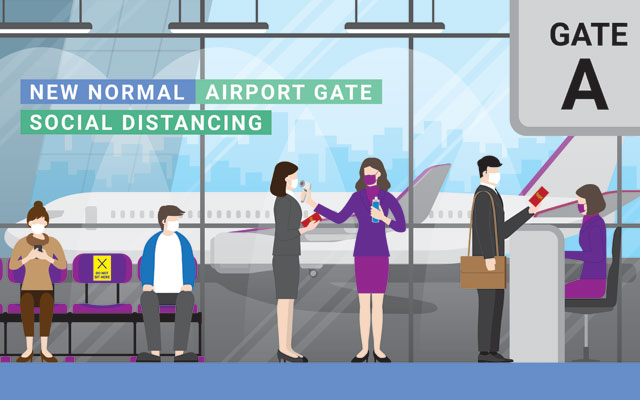Residents in Asia-Pacific countries harbour an overall positive sentiment around tourism in the region, as compared to the global averages, with most ready to welcome visitors again with due attention to the traveller impact on environment and cleanliness.
Those are among the findings from PATA’s newly-launched report entitled The Impact of Health and Hygiene on Post-Covid-19 Destination Competitiveness in Asia Pacific.

Report contributors include the co-founders of the Global Health Security Index, a project of the Nuclear Threat Initiative and the Johns Hopkins Center for Health Security; TCI Research, Tripadvisor, and the World Economic Forum (WEF).
With Covid-19 changing the way people travel, the report also found that health-related issues are among consumers’ top considerations when selecting travel destinations.
PATA chief of staff Trevor Weltman said: “Despite much remaining unknown about the future of travel post-Covid-19, this timely report highlights emerging trends about health and hygiene in travel and tourism concerning traveller booking behaviour and resident sentiment. Such insights can assist destination managers and marketers to get ahead of the curve to rethink, rebuild, and reposition their destination’s focus on health and hygiene beginning now.”
The report recommends that destination managers and other tourism stakeholders across the Asia-Pacific region begin creating close partnerships with public health officials, tourism supply chain businesses, and local communities to commence a coordinated renewal of traveller confidence in the health and safety of their destination.
Destinations that meet these expectations through investing in hygiene and safety measures and clearly communicate these changes to travellers and residents alike, will be well-positioned to win in the post-Covid-19 travel era.
The methods of analysis used in the report include social listening, sentiment analysis, and surveying. Furthermore, Part III of the report, which provides a destination competitiveness analysis, is a re-weighting of the “Health & Hygiene” pillar of the WEF’s 2019 Travel and Tourism Competitiveness Index (TTCI). The TTCI benchmarks the travel and tourism competitiveness of 140 economies to measure the factors and policies that enable the sustainable development of the sector.
Ultimately, multi-sectoral coordination between ministries of health, agriculture, tourism, and trade, and communication of the outcomes of these policy actions to the broader community, including travellers, will be critical to meeting these goals and restoring confidence in the tourism industry. “These preliminary findings are shared to provide an enhanced understanding of where the industry is heading, as well as an initial roadmap for how to get there,” Weltman added.
More about the report will be shared at the PTM Forum on The Impact of Health and Hygiene on Post-Covid-19 Destination Competitiveness in Asia Pacific on September 25, 2020 at 16:00 ICT, as part of Virtual PTM 2020. Speakers include representatives from TCI Research, Tripadvisor, Nuclear Threat Initiative, and WEF.
The webinar is open to all Virtual PTM 2020 delegates, PATA members, media, non-members and all interested parties. To register, click here.




















